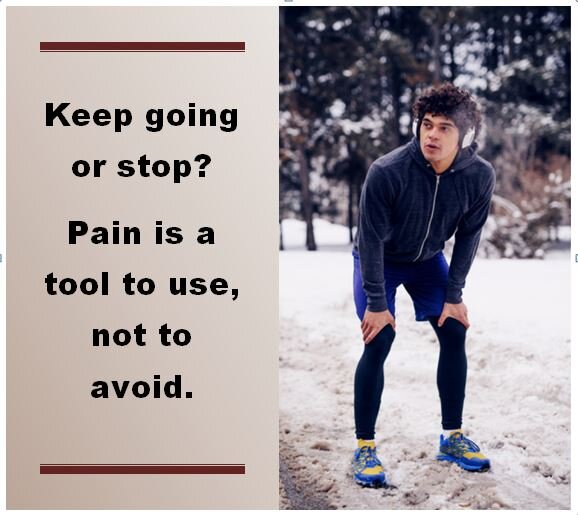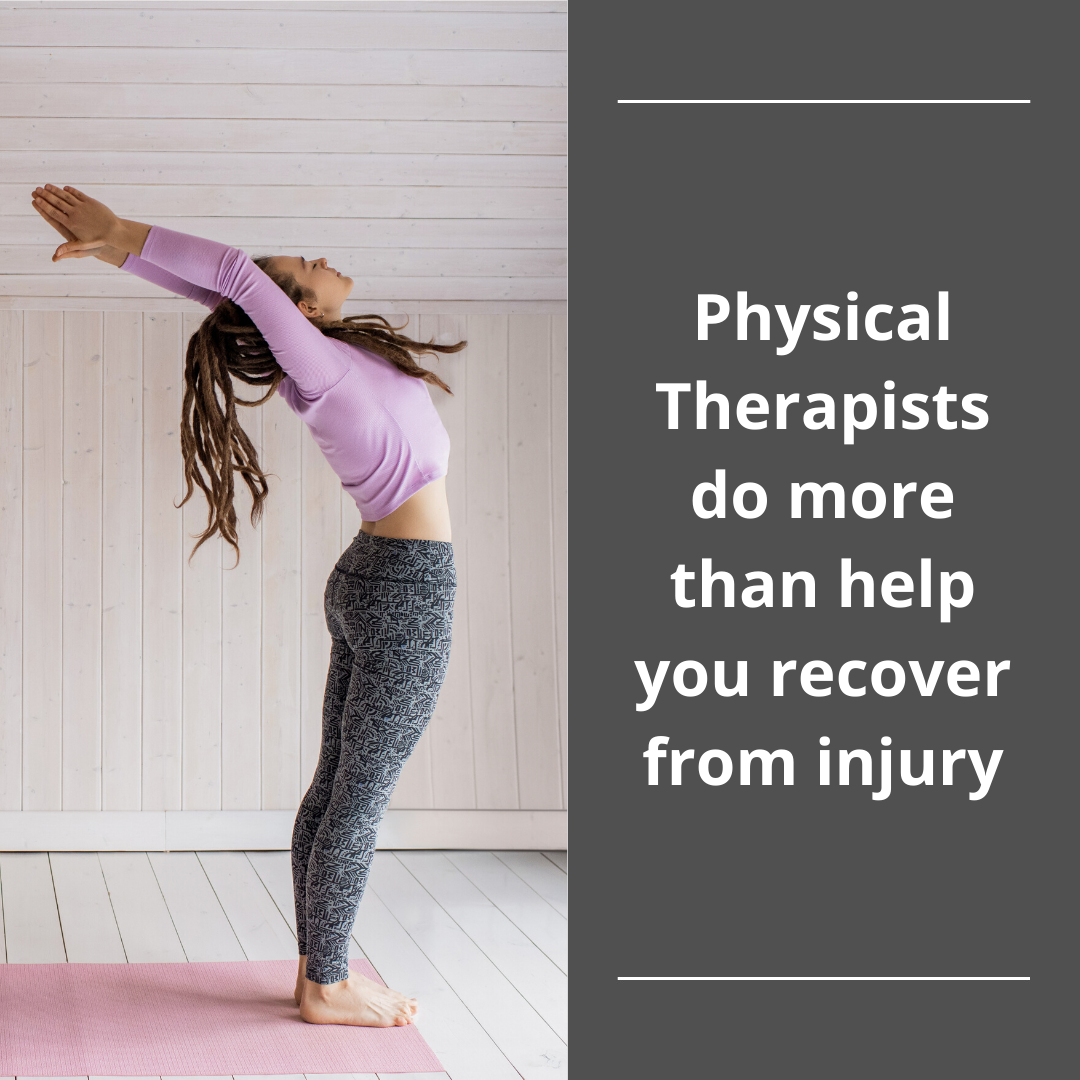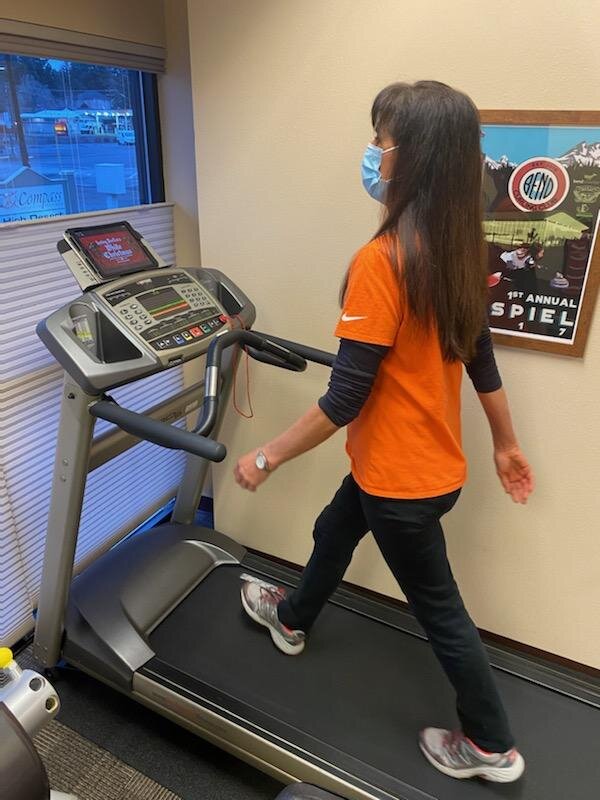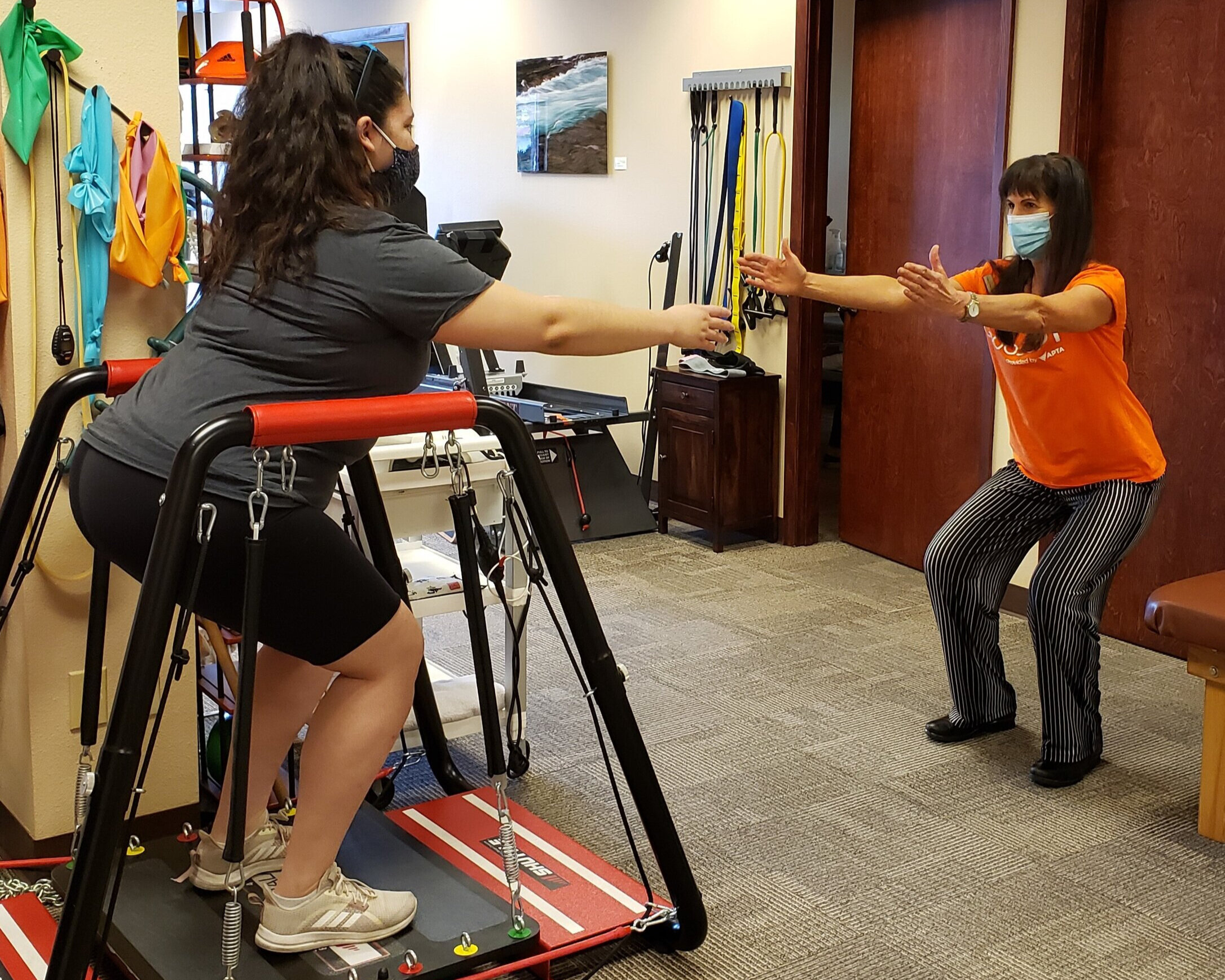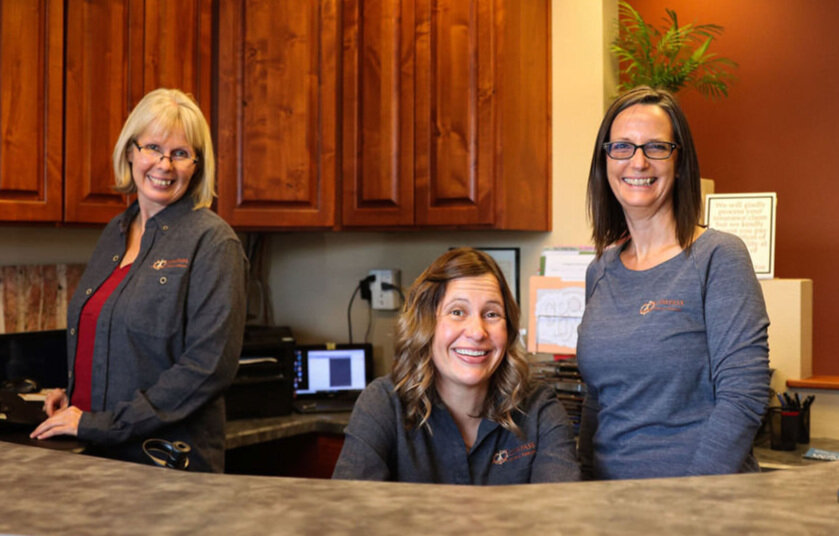Oregon will lift mask requirement for health care settings April 3rd 2023. As a result, you will no longer be required to wear a mask at Compass Physical Therapy on or after that date. You are always welcome to wear a mask if you prefer, but we can no longer guarantee other patrons and staff will be masked. If this is a concern, we invite you to wait in your vehicle and we will get you when your therapist is ready for you.
Our staff remains committed to your health concerns and are open to your request for your therapist to wear a mask during your treatment. However, we cannot guarantee that other patrons or staff will be masked in common areas. Please speak with your therapist or our office manager, Rhonda, if you have serious concerns.
Please also review our current COVID 19 precautions as outlined below prior to your in-office visit. Should you be exposed to the coronavirus or experience any symptoms of illness, please contact us ASAP to discuss your best treatment options. (541)728-0974.
To ensure the safety of all patients and staff, please review prior to all in-office visits:
Do you currently have any of the following acute symptoms? Fever of 100.4 or greater, chills, fatigue, difficulty breathing, cough, muscle aches/pain, headache, sore throat, nasal congestion or runny nose, nausea/vomiting, diarrhea or new loss of taste or smell
Have you been in recent close contact with someone suspected to have, or was diagnosed with, COVID-19?
Are you not feeling well for any other reason?
If you answer “Yes” to any of these questions, please call our office to to discuss your best treatment options. (541)728-0974.
Special Note: Please keep us notified of any changes in your health throughout your course of care or if you or someone in your household is a member of a high risk population:
People who live in a nursing home or long-term care facility
People of all ages with underlying medical conditions, particularly if not well controlled, including:
chronic lung disease or moderate to severe asthma
serious heart conditions
hypertension
immunocompromised—Many conditions can cause a person to be immunocompromised, including cancer treatment, smoking, bone marrow or organ transplantation, immune deficiencies, poorly controlled HIV or AIDS, and prolonged use of corticosteroids and other immune weakening medications
severe obesity (body mass index [BMI] of 40 or higher)
diabetes
chronic kidney disease undergoing dialysis
liver disease
Please contact us with your questions. We remain committed to helping guide you to a healthy life.
We remain committed to helping guide you to a healthy life,
The Compass PT Team
Updated 3/19/2023



